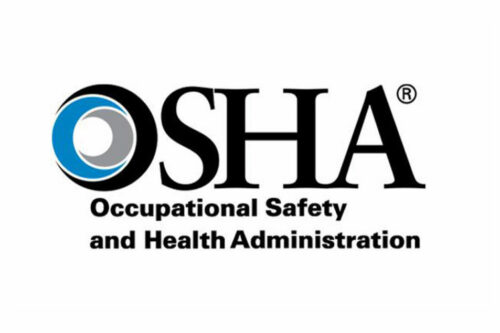
8.19.21- JD Supra
Oklahoma law provides a shield against civil liability for COVID-19-related illnesses and injuries for companies that adhere to agency guidance.
On August 13, 2021, the Occupational Safety and Health Administration (OSHA) updated its guidance on mitigating and preventing the spread of COVID-19 to align with the Centers for Disease Control and Prevention’s (CDC) guidance of July 27, 2021. A summary of the CDC’s (and now OSHA’s) updated guidance can be found in last week’s advisory. With this updated guidance, there are no longer discrepancies between the advice provided by the CDC and OSHA regarding workplace COVID precautions. So, what are the practical impacts of this change by OSHA?
First, while OSHA’s COVID-19-related guidance has not been adopted as a formal regulatory standard for non-healthcare employers, OSHA can enforce its guidance through the General Duty clause of the Occupational Safety and Health Act. Under the General Duty clause, employers are required to furnish employees “employment and a place of employment which are free from recognized hazards that are causing or are likely to cause death or serious physical harm to its employees.” In the case of COVID-19-related hazards, OSHA’s latest guidance represents its expectations for employers. In other words, should OSHA arrive for an inspection—either randomly or in response to an employee complaint—OSHA’s inspectors would expect to find that your workplace is complying with this guidance. Should an OSHA inspector find that a company is not implementing these precautions, it could issue citations and monetary penalties for workplace safety violations.Second, Oklahoma law provides a shield against civil liability for COVID-19-related illnesses and injuries for companies that adhere to agency guidance. The statute provides protection when a company complies with the written guidelines of any of the following: CDC, OSHA, state Department of Health, state Department of Commerce, or “any other state agency, board, or commission.” Taking advantage of this protection, though, is easier said than done with agency guidance shifting over time. At this point, there is no state agency guidance on which to rely regarding workplace precautions. So, companies are left with the CDC and OSHA guidance, which are now in alignment regarding indoor masking and quarantine procedures, amongst other issues.
This alignment of the CDC and OSHA on issues of workplace precautions—particularly around the subject of masking—provides clarity to companies seeking the benefits of the civil liability shield. However, it also may leave Oklahoma companies in the difficult position of weighing potential OSHA and civil liability against pushback from employees and customers regarding masking and other workplace safety measures.
Crowe & Dunlevy will continue to monitor these developments to serve as a resource to the business community and human resources professionals as you navigate these difficult times.
